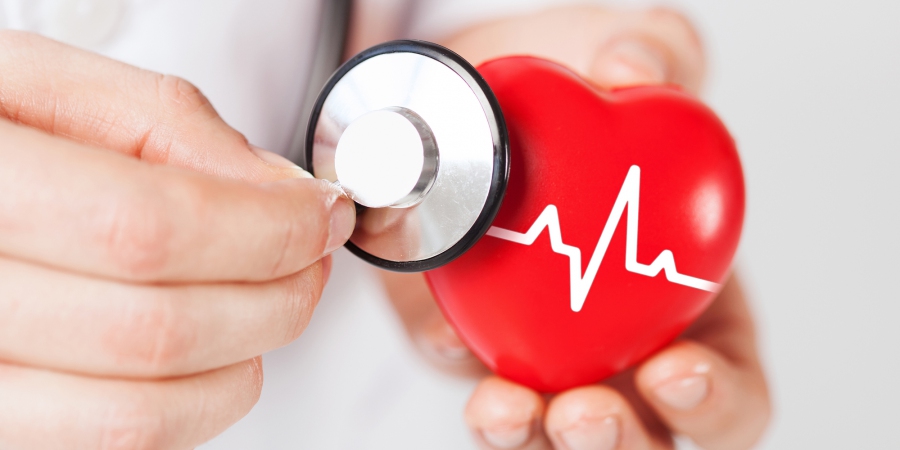
Sudden Cardiac Death
Sudden cardiac death strikes without warning, often in people with no prior symptoms. In most cases, it occurs outside a hospital and leads to death within minutes if no rapid intervention is provided.

Sudden cardiac death strikes without warning, often in people with no prior symptoms. In most cases, it occurs outside a hospital and leads to death within minutes if no rapid intervention is provided.

Returning home after pacemaker implantation can be a source of anxiety, making it important to understand the necessary daily precautions, warning signs to watch for, and temporary limitations related to activities such as driving or physical exercise, while also distinguishing myths from facts about potential interactions with electronic or mechanical devices.

That night, my heart started “skipping beats.”
In my case, the doctor tried to reassure me. Words are easy to say, but the worry and anxiety of feeling your heart “misfire” remain nonetheless. I understand your concerns and anxiety. Through this text, I hope to guide you and, most importantly, reassure you about these palpitations"Palpitation" is a symptom related to an abnormality in heartbeats. There are several types of arrhythmias. This term is like a surname that encompasses several first names. related to extrasystoles.

Supraventricular tachycardia (SVT) is a cardiac arrhythmia associated with a fast and very regular heart rate, which can reach 180 to 220 beats per minute, and does not originate from the heart’s conductor, the sinus node.

A bundle branch block is an anomaly in the electrical conduction system of the heart. A blockage can occur in either of the two specialized branches of the electrical transmission system when impulses travel to the right and left ventricles.
These conditions are called bundle branch blocks: the Right Bundle Branch Block affects the right branch and the Left one affects the left branch.
Bundle branch blocks can be either intermittent or permanent.

The term “arrhythmia” serves as a common descriptor for irregularities in heart rhythm.
Heart rhythm disorders encompass two primary categories: excitation disorders and conduction disorders.

AF is an arrhythmia characterized by chaotic cardiac beats that are irregularly irregular. The heartbeat frequency can even be beyond 150 beats per minute.

The heart can skip a beat or beat once too many, often without any associated heart disease.
In reality, extrasystoles, these additional heartbeats, occur in almost everyone every day, without being noticed by the individual
This site is intended to provide information and make cardiology comprehensible for all patients; it is not a substitute for a doctor. It does, however, enable a better understanding of how the heart works, the many heart diseases that exist, the tests required to reach a diagnosis, and the drugs and other methods used to treat them.
Where the masculine is used herein, it shall be all-gender inclusive.